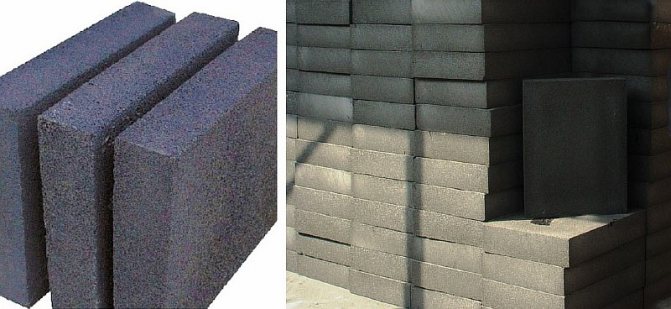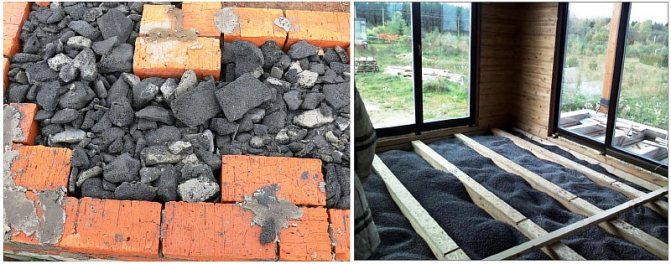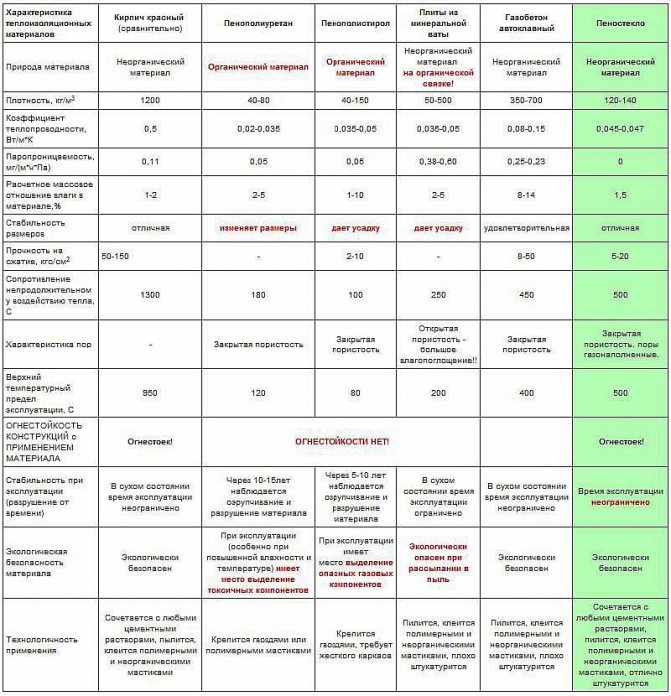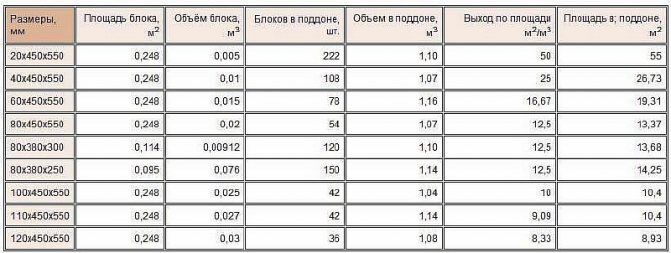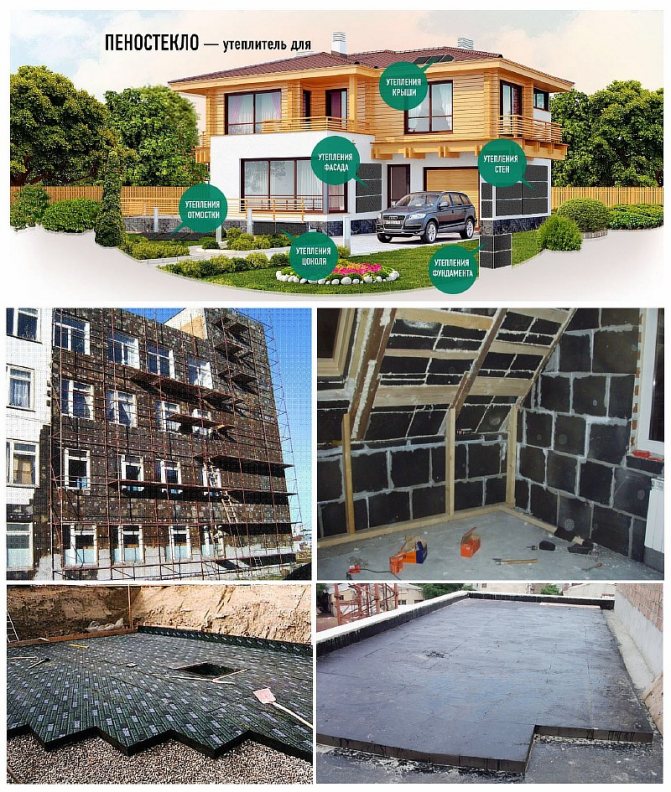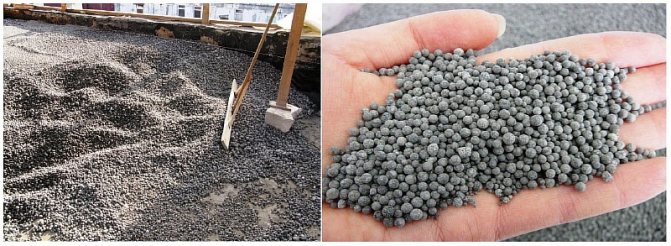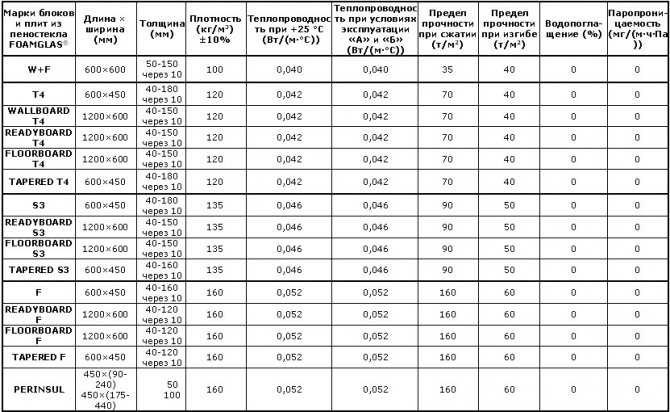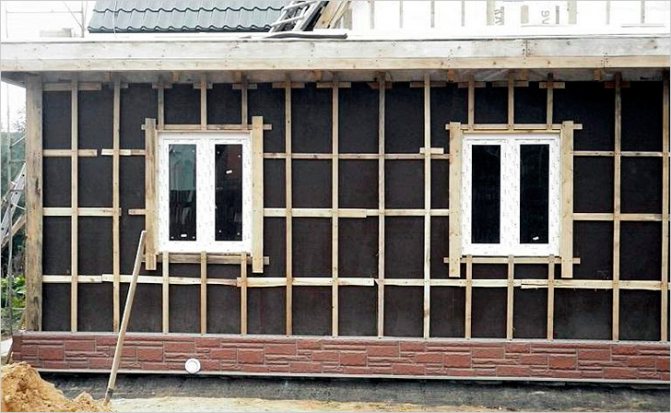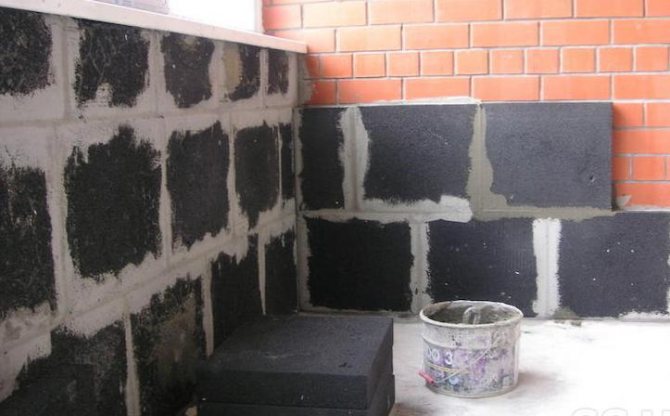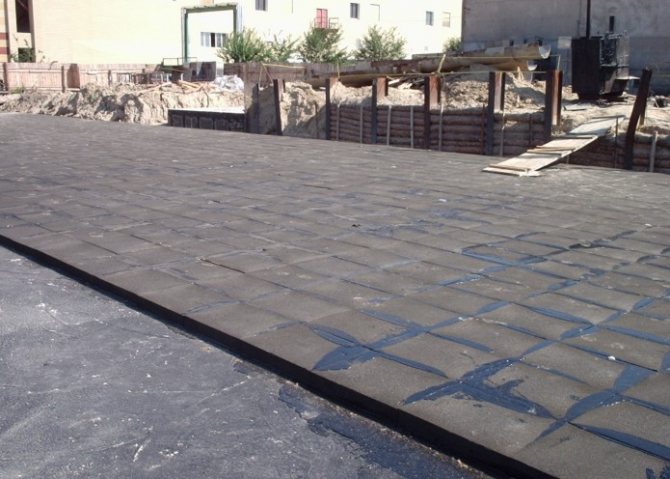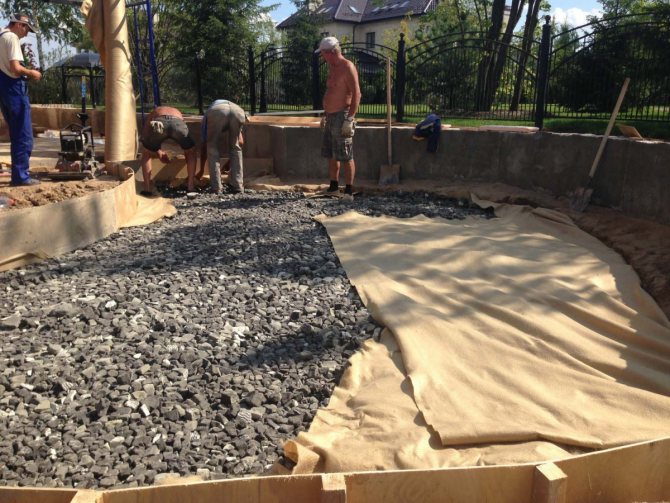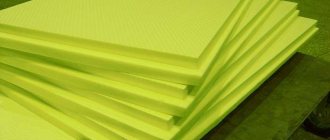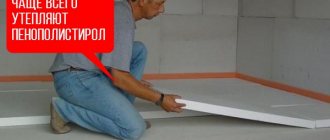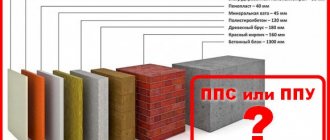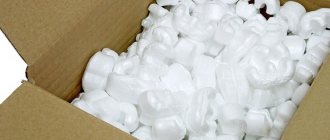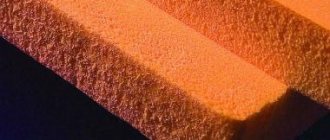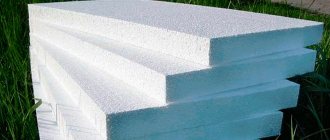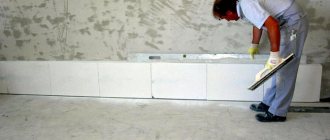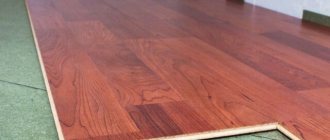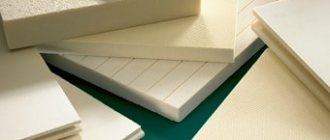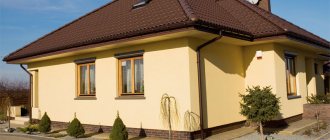
Hello dear readers! How are you feeling? Are you ready for the cold? Have you insulated yourself?
Today I came across an article that puzzled me, to put it mildly. It said that this winter will be very vigorous. That is, frosty and snowy. Well, what can I say? There are advantages and disadvantages to this. On the positive side - perky entertainment - sledges, skates, skis, snowballs. And negative - heating the house will cost a pretty penny. In order not to be speechless, looking at the amount in the receipt, it is recommended to insulate the "nest". Fortunately, there are a lot of materials for warming the room.
I decided to see what the manufacturing organizations offer today. My attention was drawn to the "old new" raw material - foam glass. Why "old new"? Well, how can I explain to you? The old one is 86 years old, and the new one is improved. However, let's study the material in more detail. So, here's a topic for you - foam glass: disadvantages, advantages, production, cost and much more. Let's start? Go!
Cellular glass: product features
A bit of history
The foam glass was invented by the honored worker of technology and science Isaak Ilyich Kitaygorodsky. The professor specialized in glass production technology, since he considered it the material of the future. The professor's invention was improved by US specialists in the 40s. Initially, foam glass was used as a floating material. But it soon became clear that it demonstrates excellent heat and sound insulation properties, easily glued, and easily processed. Therefore, it was decided to use it in construction.
Thus, in Canada, there was a building created from concrete slabs with a layer made of aerated glass. This event happened back in 1946. The experiment was very successful. The material received well-deserved recognition. But, to the great regret of the inventor, in the Soviet countries he did not gain popularity, since the cost was high, and the production technology was not worked out. It was made in the USSR, but the quality of the products left much to be desired, which led to the closure of factories.
But at the present time the manufacture of this product is in full swing!
Concept


Thermal insulation of the balcony
Foam glass is a heat-insulating material made of silicate glass and raw materials that contribute to the formation of gas. Insulation is often called foamed or honeycomb glass because it has a honeycomb structure. Due to which it can boast of the most unique properties.
Production
Heat-insulating raw material - foam glass is made using powder technology. The process is quite simple but time consuming. It consists of the following steps:
- broken silicate glass is crushed;
- the crumb is thoroughly mixed with substances that form gas;
- charge (homogeneous mass) is placed on a conveyor belt or in molds and sent to the oven;
- glass softens, turning into a liquid but viscous mixture;
- under the influence of gases, the gruel foams;
- the mixture cools slowly;
- blocks, plates (sheets) or granules are formed from the product;
- the product is processed according to the requirements;
- plates, granules or blocks of foam glass are packed.
We can say that ordinary glass, which is used in everyday life, and the cellular product are twins, since they are identical in composition, the only difference is the pores filled with gas in the foamed product.
Only high quality materials and innovative equipment are used for the production of blocks, granules or slabs.In addition, the products are checked by experts in accordance with European quality standards.
Features of production
Heat-insulating material is made from budget raw materials - fragments, sintered rocks. The production process is laborious and costly, because the granules are poured in a special form at 800-900 degrees.
For the manufacture of foam glass, the ability of silicate glasses to undergo bending, stretching and compression is used, and sound insulation is also taken into account.
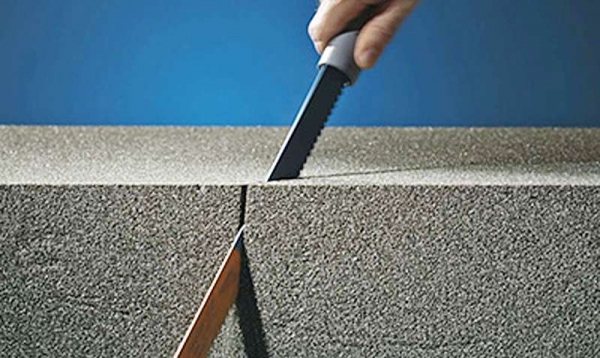

Insulation foam glass is made as follows:
- Raw materials are crushed to a powder state.
- The glass powder is heated and softened.
- The mass is foamed with a blowing agent.
- The composition is slowly cooled.
Interesting to know! The soundproofing characteristics of a wall made of 12 cm thick brick and 1 cm thick glass are practically the same.
Views
Today there are two types of foam glass - granular and block.
In addition, there are three types of granular insulation:
- foam glass gravel;
- foam glass crushed stone;
- foam glass sand.
And there are also three types of block insulation:


- plates (sheet foam glass);
- blocks;
- shells (shaped foam glass).
If we compare the thermal properties of granular and block glass, of course, gravel, crushed stone and sand are inferior to slabs, shells and blocks. But, nevertheless, granular insulation is more popular due to its relatively low price.
Varieties of foam glass
In individual and urban planning, two types of this insulation are used:
- Block foam glass - has the form of slabs and a cellular structure. It is used for thermal insulation of the basement, facade, blind area, interfloor overlap, foundation, pipeline, ceilings. The board does not shrink, therefore it can be used as a basic building material.
- Granular foam glass - has the form of small granules in the form of a sphere, or resembles the shape of gravel or sand. Fraction size from 1 to 20 mm. It is used for thermal insulation of interior walls, ceilings and floors.
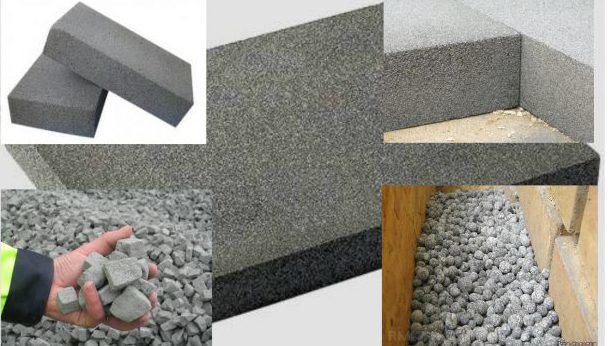

Despite the differences in the areas of use and production technology, both forms of material provide high-quality insulation and have the same technical characteristics.
Scope of application
Foam glass, due to its properties, is used for insulation:
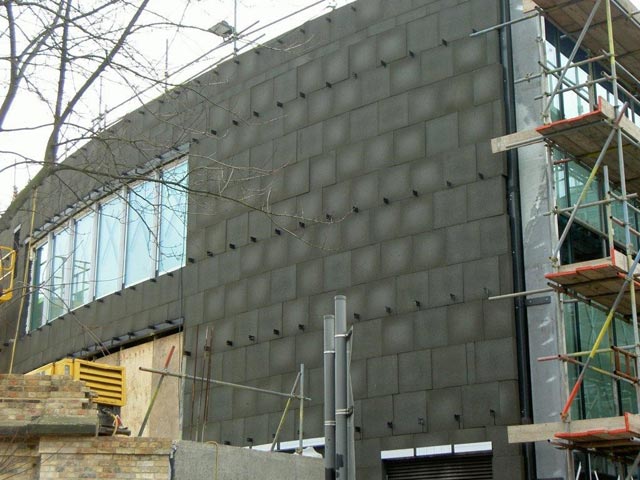

- private houses;
- outbuildings;
- sports complexes;
- underground structures;
- industrial buildings;
- medical institutions;
- educational institutions;
- office objects;
- recreational facilities - (for example, for baths, water parks, etc.).
The scope of application of the material is very wide, since the thermal insulation material is flawless:
- for ceiling insulation: the floor of the attic is filled with cement-sand mortar, and then the plates are laid, after which a reinforcing screed is made;
- for walls: the surface is prepared, special glue is applied, the product is applied, pressed tightly and covered with plaster;
- for the floor: a layer of sand (3-5 cm) is poured, thermal insulation is laid or filled in, joints are closed, a screed is made, a covering is mounted;
Yes, the material is popular due to its good technical characteristics.
Properties
Cellular glass is famous for the following properties:
- noise absorption - 56 dB;
- water absorption - 0–5%;
- vapor permeability - 0–0.005 mg / m * h * PA;
- thermal conductivity - 0.04–0.08 W / (m * K);
- humidity (sorption) - 0.2–0.5%;
- bending strength - 0.4–0.6 MPa;
- compressive strength - 0.7–4 MPA;
- effective operating temperature - –260 - + 400 ° С;
- real operating temperature - –260 - + 230 ° С;
- deformation temperature - + 450 ° С.
Based on this data, recognized advantages and disadvantages can be identified.
Dignity
The material has many advantages. Let's consider the main ones.
- Safety.Does not contain substances harmful to the human body.
- Environmental friendliness. Produced from environmentally friendly raw materials.
- Hygiene. It has antiseptic properties.
- Durability. Service life - over 100 years.
- Versatility. It is used for insulation of any buildings.
- High adhesion. Combines with a lot of building materials.
- Biological passivity. He is not afraid of rodents, insects and microorganisms.
- Resistance to the negative effects of climatic factors. He is not afraid of temperature drops, precipitation, UV, etc.
- Resisting mechanical factors. It does not deform and does not lose its properties, since it can withstand impacts and high loads.
- Not susceptible to the influence of chemical factors. Does not react to acid.
- Resistant to thermal factors. Foam glass is an absolutely non-combustible insulation.
- Ease of processing. Perfectly cut with a regular hacksaw.
The material is worthwhile, but there are drawbacks and there are many of them, unfortunately.
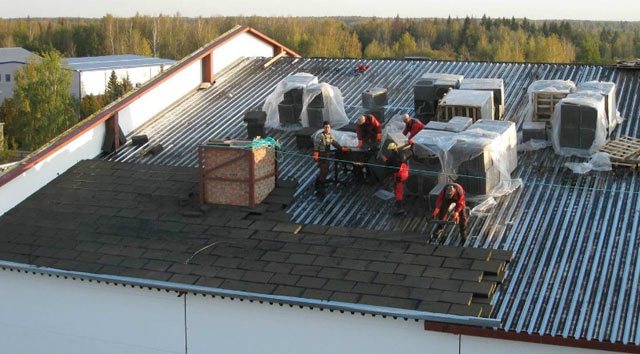

roof insulation with foam glass
Foam glass insulation technology
In order to guarantee high thermal insulation qualities of the material, it is required to observe the technology of its installation:
- It is recommended to use special glue for fixing the boards, which must be applied to the back of the board and the side walls. After that, the glue should be evenly distributed over the surface of the sheet.
- If the surface has pits, bumps or other irregularities, the adhesive should be applied to the foam glass with slaps in order to obtain the most even base.
- When insulating a wooden base, it is recommended to fix the slabs with special dowels. The tree expands when exposed to moisture and temperature, therefore, the insulation to it must be mounted mechanically.
- When installing the slab on a vertical surface, it is necessary to install the lower plank using the building level. It is best to use a metal profile or rail as a strip.
- The first row of insulation should be mounted on a profile that will act as a support. After the glue has completely set, the support can be removed. However, it is best to remove it after the work is complete.
- When installing slabs on vertical or inclined surfaces, start from the bottom, and on horizontal surfaces - from the far corner.
- Plates should be laid close to each other with one row offset relative to the other. After application and complete drying of the glue, it is additionally recommended to reinforce the boards with special dowels.
- It is recommended to install thermal insulation boards around windows and doors in solid shapes. It is not allowed to connect separate pieces of material to each other on corner lines.
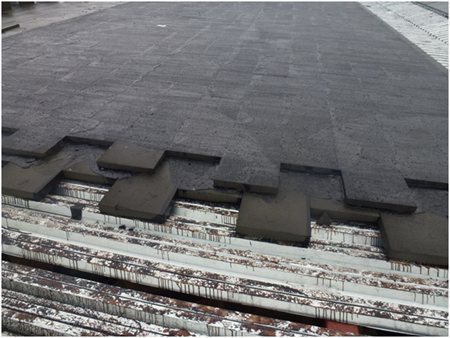

Roof insulation with foam glass
Foam glass is a high quality, modern and very light material for thermal insulation of various surfaces. Competent adherence to the installation technology will improve the efficiency of thermal insulation and extend the life of the material.
disadvantages
Of course, every raw material has negative points. Foam glass is no exception. Before purchasing material, it is necessary to scrupulously study the negative points.
- High price. For the production of raw materials, innovative high-tech equipment is required, which leads to its rise in price. And also the manufacture of foamed glass requires high energy costs.
- Fragility. Raw materials, despite their strength, are very fragile, which leads to cracking if you ignore the installation recommendations.
- Lack of steam permeability. Foam glass, as it was said, is not exposed to the destructive effects of biological factors, but the surface under it is easy.
- Fear of alkalis and hydrofluoric acid. Cellular glass, like an aspen leaf, trembles at the "sight" of alkalis and hydrofluoric acid, as they are capable of destroying it.
- Severity.The raw materials are relatively heavy, which negatively affects the building structure.
- Durability. Of course, a long service life is a plus. But the materials used to build the facility are unlikely to last more than 100 years. This means that the structure needs to be repaired periodically, and the cellular glass is not intended to be reused. Which exit? Replacement of insulation.
- Low impact resistance. Cellular glass does not withstand even light blows. Mechanical influence is the “death” of the material. Of course, if the insulation is in the structure, it is not afraid of blows. He is afraid of them when transporting, unloading and installing.
- Impossibility of "resuscitation". If the glass is damaged, it can be taken to landfill. It is impossible to glue or cover up the cracks.
The properties have played a cruel joke with honeycomb glass, turning a huge number of advantages into disadvantages.
Main advantages
The use of foam glass as a heater has a number of significant advantages. These include:
- Excellent thermal insulation performance. They are explained by the peculiarity of the structure of the material - small closed cells with thin partitions.
- Versatility. The material is universal, therefore it can be used for insulation of facades, roofs, foundations, communications, walls and floors. It can be used even for objects with a high fire hazard rate.
- Long service life. The material can serve for over 100 years without loss of performance. At the same time, it tolerates high and low temperatures well, as well as their sharp drops.
- Good sound insulation properties. A layer of insulation of 10 cm is able to drown out even the sounds of a working tractor engine behind the wall. Therefore, the material is effectively used not only to protect against heat loss, but also from extraneous noise.
- Ease of installation. An ordinary hacksaw can be used to cut the slabs; it is enough to simply pour the granules onto the prepared surfaces. The material is incredibly lightweight, so it's easy to work with.
- Safety. The material does not emit hazardous compounds, therefore it can be used in public and residential premises.
- Non-flammability. Foam glass does not burn, and at very high temperatures it only melts without emitting toxic components and smoke.
The advantages of foam glass have made it one of the most successful and high-quality materials for insulating floors, roofs, ceilings, basements, walls and other surfaces.
Price
The cost of foam glass bites. Prices, of course, vary, since they depend on many factors, but on average, you can buy blocks for $ 120-400 per cubic meter. You can buy plates and shells by paying $ 110–350, and you can get a granular version by spending $ 35–100 per cubic meter.
What can you say? Foam glass insulation is a very dubious and costly undertaking, since the material has a lot of serious drawbacks, and, moreover, is incredibly expensive. But, as they say, the owner is a master. Maybe it's not for nothing that they call it the raw material of the future. To buy or not to buy? That is the question! The choice is yours, dear readers.
Warmth and comfort to your home, dear friends! See you on other blog pages!
Quote of Wisdom: Reading is the best teaching (A.S. Pushkin).
Despite the best thermal conductivity indicators in comparison with foam glass insulation, polyurethane foam is the worst material for a number of reasons. It is presented on the market in two versions - in rigid plates and sprayed on site. Rigid slabs are usually sandwich panels, in which types the main difference is the material of the outer shell of the slab. In CIS countries, this is usually OSB, also known as particle board. This obviously lowers the fire resistance of a slab or shield made from such slabs.The sprayed version of polyurethane foam is prepared from two main components right on the construction site and is immediately sprayed onto the insulated surface. The disadvantages of such insulation are the impossibility of obtaining a flat surface of polyurethane foam after insulation, the surface is all in bumps and grooves. It is difficult to control the uniformity of the polyurethane foam thickness, and, consequently, the material consumption. Plastering such a surface without a supporting frame for the applied plaster is absolutely impossible, and therefore PPU is not recommended for use in facades, or on those surfaces that need to be plastered.
But the most important disadvantage of polyurethane foam in any of its form is the polyurethane foam itself. In the manufacture of this substance, two components are used: a polyester component and a polyisocyanate known as MDI (MDI). Since 2010, the MDI substance has been recognized as potentially carcinogenic in European countries, and as a result, its use in the construction industry has been significantly limited. In Germany, special safety regulations are issued for products containing more than 1% MDI and limit their presence on the market. Why is this being done? Because in the production of any two-component substances, the chemical reaction of combining two components into one never goes 100%, there are always residues, which then the final product will slowly release into the environment. That is, polyurethane foam is a carrier of carcinogenic substances, which it will slowly release into the environment, which will undoubtedly affect the health of people who use an insulated building.
In terms of installation, the PPU has certain limitations. You cannot apply it to the front part, because, as described above, the sprayed version is ultimately the most costly in arranging the facade as a whole, and PPU boards are less resistant to moisture due to particle boards in the composition. When insulating the foundation, such a significant disadvantage of PPU may appear, such as vulnerability to animals and insects, which can equip their nests in it, or simply make holes in the PPU layer on the way to the inside of the house. Also, polyurethane foam boards in soil conditions can suffer from moisture, which means that they must be properly waterproofed.

